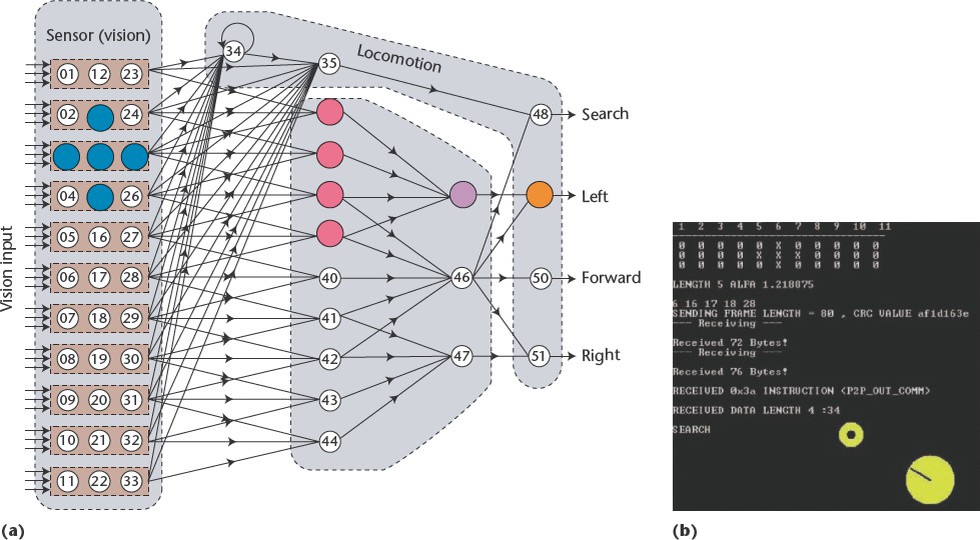SpiNNaker:
- Spiking Neural Network Architecture (SpiNNaker) is a massive parallel computing platform designed to simulate the human brain.
- It uses 1 million ARM processors in a massively parallel computing platform based on Spiking Neural Networks (SNN).
- SpiNNaker machine is capable of completing more than 200 million actions per second, with each of its chips having 100 million transistors.
- It is designed by the researchers at University of Manchester.
Working:
- Biological neurons are basic brain cells present in the nervous system that communicate primarily by emitting ‘spikes’ of pure electro-chemical energy.
- Neuromorphic computing uses large scale computer systems containing electronic circuits to mimic these spikes in a machine.
- SpiNNaker is unique because, unlike traditional computers, it does not communicate by sending large amounts of information from point A to B via a standard network.
- Instead it mimics the massively parallel communication architecture of the brain, sending billions of small amounts of information simultaneously to thousands of different destinations.
Human Brain Project (HBP)?
- SpiNNaker is being used as one component of the neuromorphic computing platform for the Human Brain Project (HBP).
- The Human Brain Project (HBP) is a large ten-year scientific research project started in 2013.
- It is based on exascale supercomputers and aims to build a collaborative ICT-based infrastructure to allow researchers across Europe to advance knowledge in the fields of neuroscience, computing, and brain-related medicine.
- The project is largely funded by the European Union. The project coordination office is in Geneva, Switzerland.
